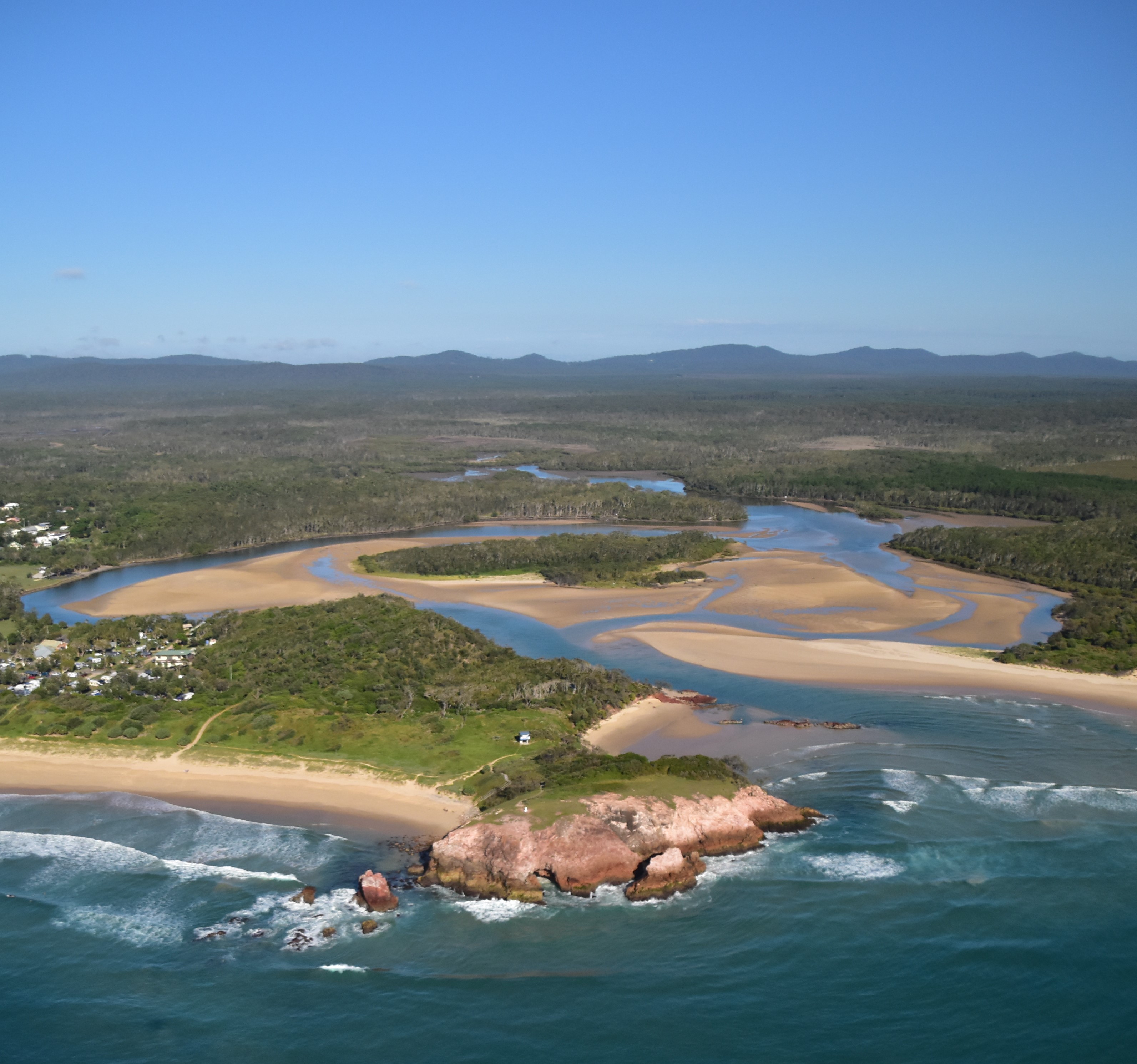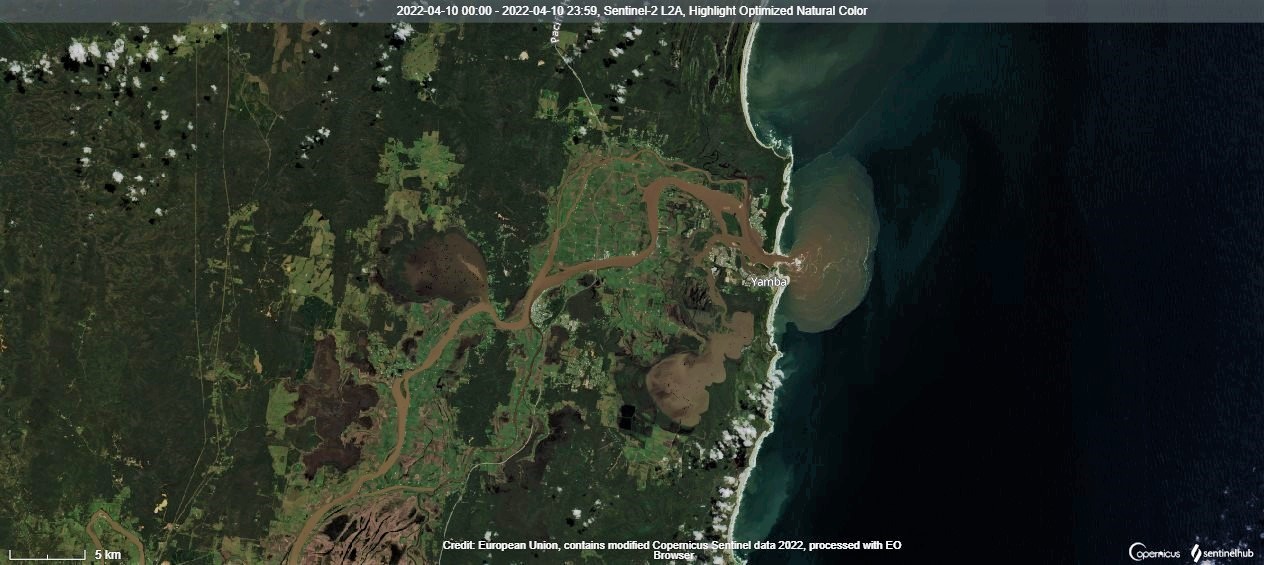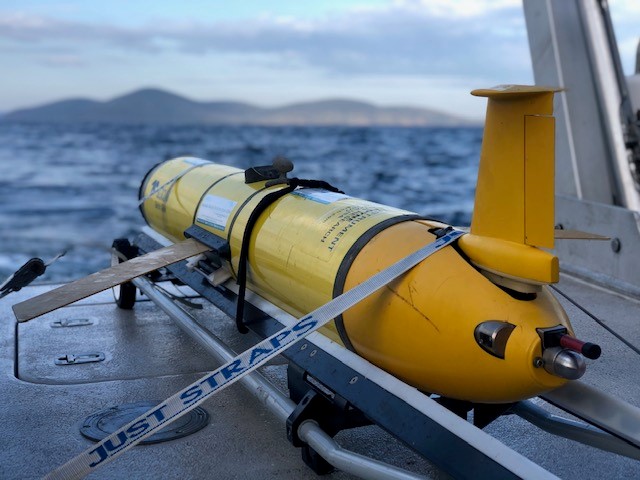Project updates
Seeing the light – assessing coastal water quality from afar
19 January 2024
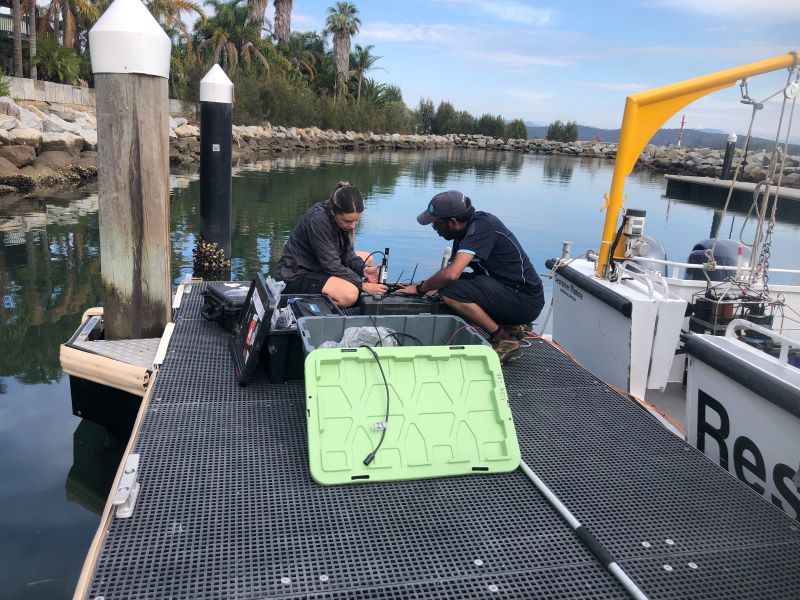
Real-time insights into water quality are just a buoy away
8 October 2024

Gliding along the coast to monitor marine extremes
29 November 2024
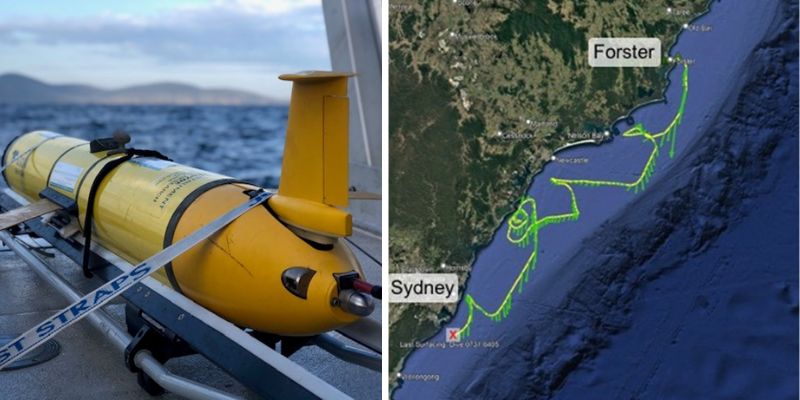
Big data for better understanding ocean outflows
22 June 2022
